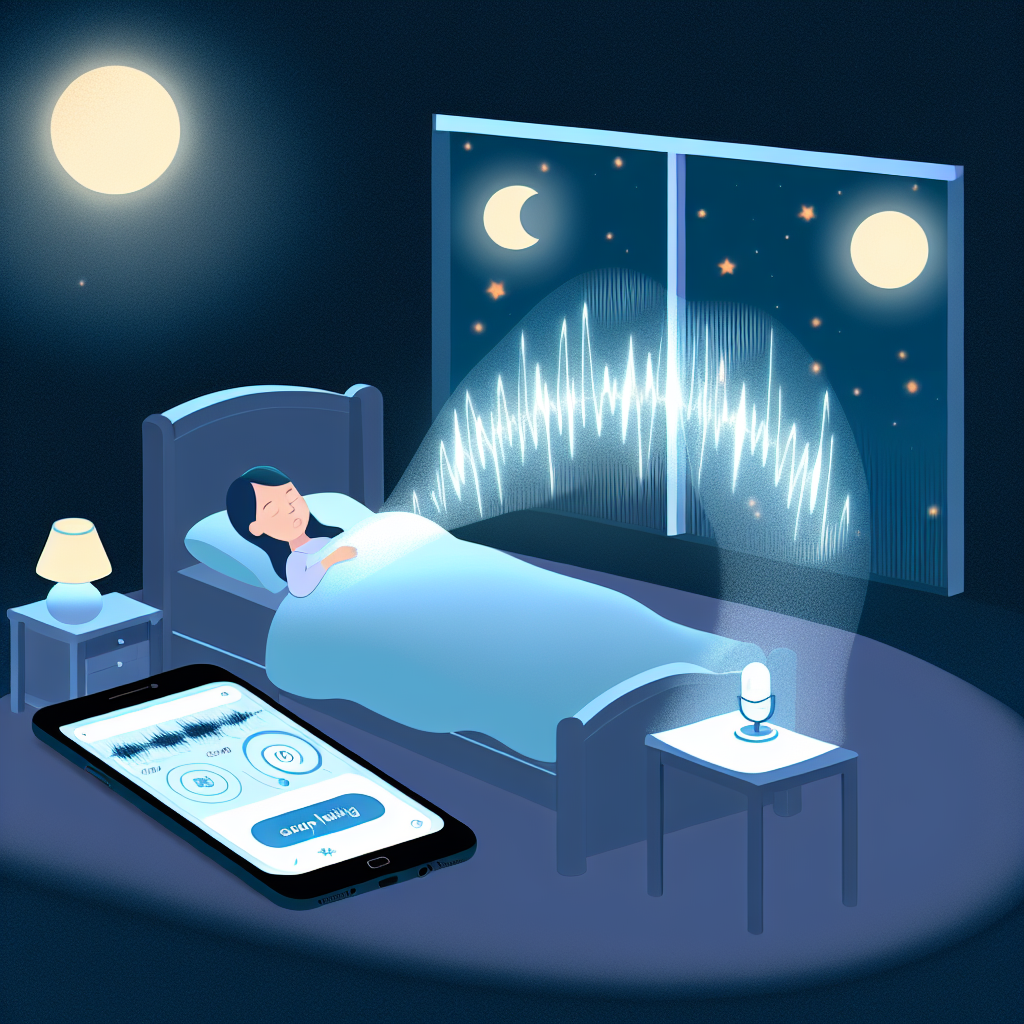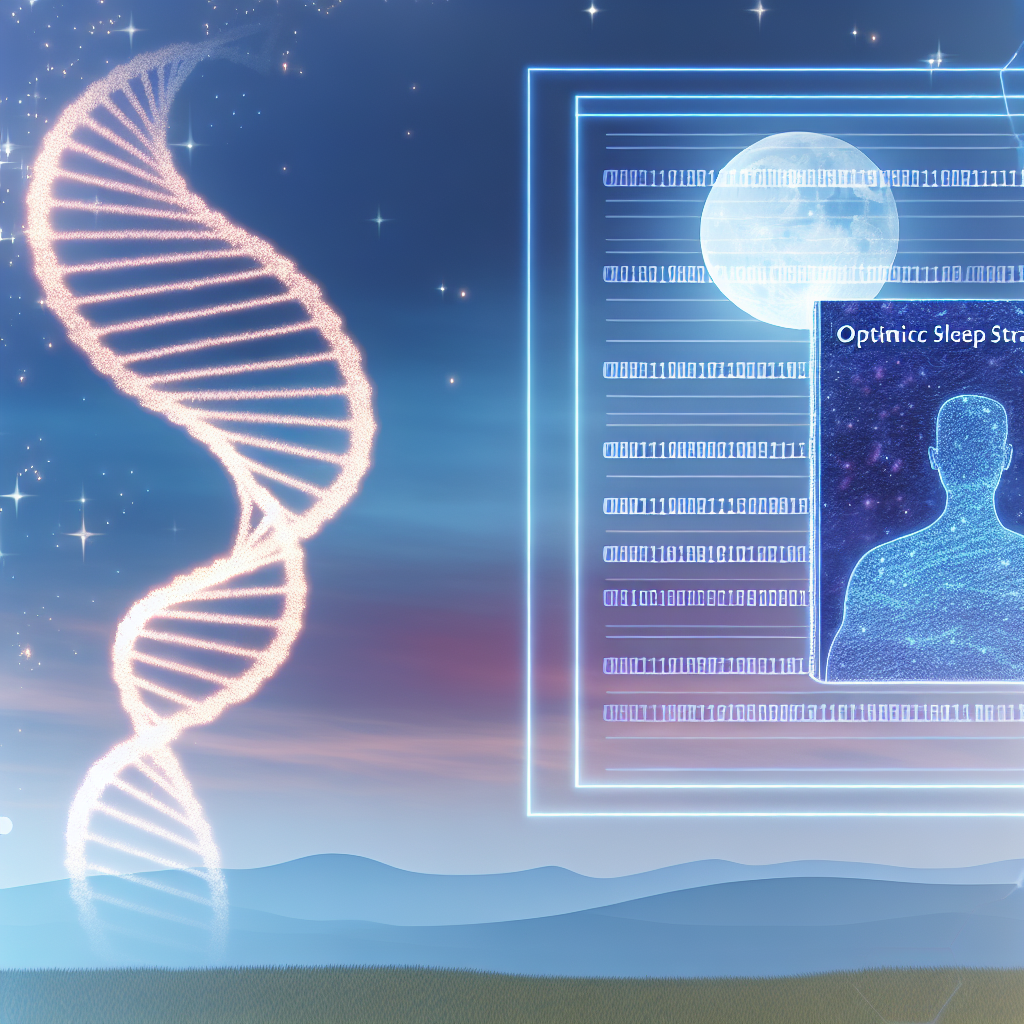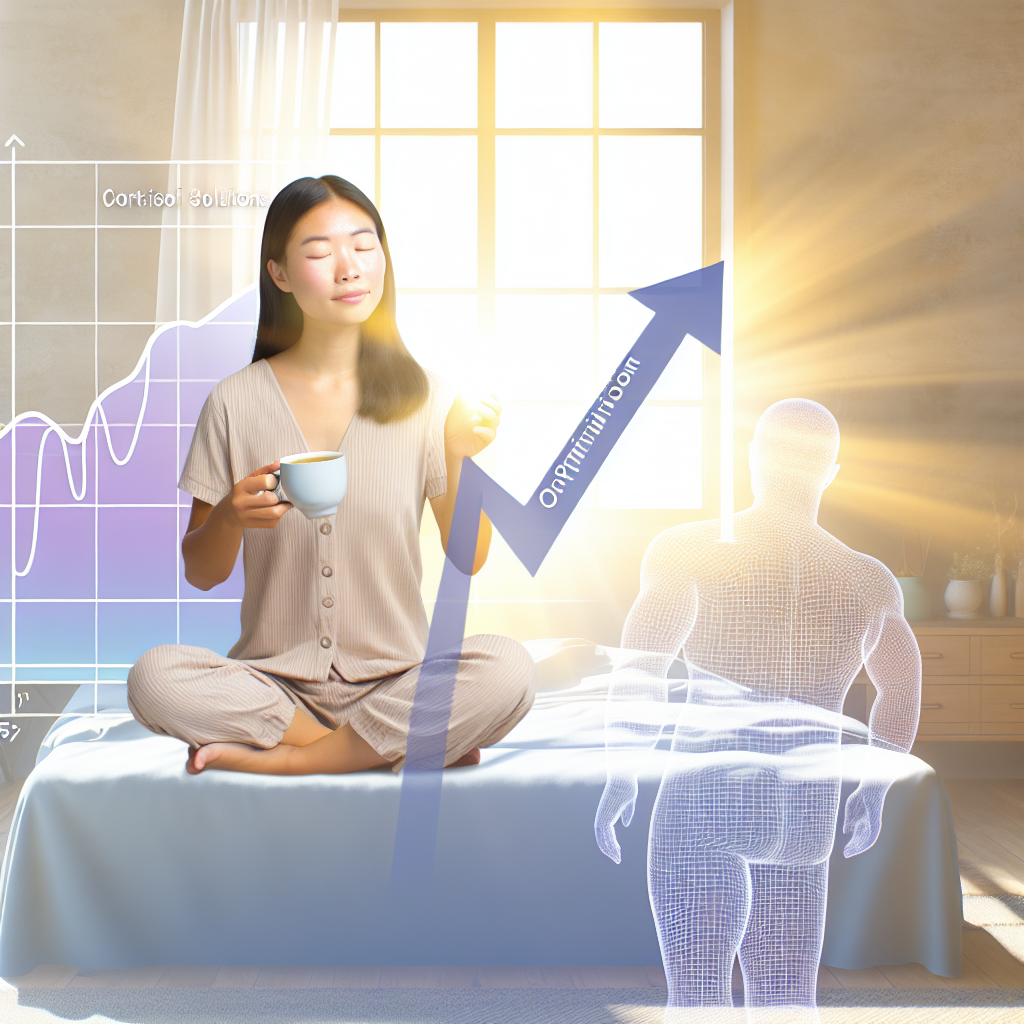Restless Leg Solution – Magnesium Spray and Compression Protocol
Introduction
Restless Leg Syndrome (RLS), also known as Willis-Ekbom disease, is a neurological disorder that causes an uncontrollable urge to move the legs. Often accompanied by unpleasant sensations like tingling, crawling, or itching, these symptoms tend to worsen during rest—especially in the evening or at night—disrupting sleep and overall well-being.
Though the exact cause is unknown, RLS is believed to be linked to dopamine imbalance, iron deficiency, certain medications, and chronic health conditions like diabetes and kidney disease. Genetics also contribute—many experience symptoms during childhood or adolescence.
The limitations of pharmaceutical treatments—dependency risk, side effects, or poor tolerance—have led many to seek natural and holistic approaches. One such promising solution is the combination of topical magnesium spray and compression therapy.
Magnesium is crucial for over 300 biochemical processes in the body, supporting muscle relaxation and nervous system regulation. When applied topically via magnesium oil spray, it bypasses the digestive tract for faster and more targeted relief—ideal for those with gastrointestinal absorption issues.
Meanwhile, compression garments, such as socks or wraps, can improve blood circulation, reduce limb movement, and create a calming sensory effect. This combo protocol represents a non-invasive, budget-friendly, and widely available method to ease RLS symptoms and promote restful sleep naturally.
Features and Supporting Studies
Magnesium’s role in neuromuscular relaxation makes it a vital player in managing RLS. A 1998 double-blind, placebo-controlled study in Sleep Journal found that magnesium supplementation improved sleep in patients with periodic limb movement disorder, a condition closely related to RLS. Although this study utilized oral magnesium, it underscored magnesium’s potential in aiding muscular and neural function during sleep cycles.
While research specifically on topical magnesium is limited, a 2012 pilot study by Whelan et al. observed notable symptom relief in those suffering from nocturnal leg cramps—a condition sharing similar features with RLS. Participants experienced reduced cramping and enhanced comfort, spotlighting topical magnesium as a promising alternative therapy.
Anecdotal evidence and reports from holistic practitioners further support magnesium spray’s effectiveness in reducing muscle tension and calming the nervous system. With its ease of use and rapid absorption, it’s becoming increasingly popular in alternative health circles.
On the other hand, compression therapy also provides proven benefits. A 2013 study published in the Journal of Clinical Sleep Medicine showed that patients wearing moderate-pressure compression stockings during the day experienced reduced night-time RLS symptoms. These effects are attributed to improved venous return, reduced blood pooling, and soothing proprioceptive feedback.
The compression creates a quieting tactile stimulus that helps control the sensory “itch” driving the urge to move. This phenomenon dovetails with how weighted blankets ease anxiety and aid sleep—offering steady pressure to calm the nervous system.
Used together, topical magnesium relaxes muscles and improves neuromuscular balance, while compression garments enhance circulation and deliver consistent tactile comfort. This dual-action maintains symptom relief through the night and promotes longer, uninterrupted sleep.
Application Method
For best results, follow these steps:
1. Spray a generous amount of magnesium oil or magnesium chloride spray onto your thighs and calves about 30 minutes before bedtime.
2. Gently massage in the spray to encourage absorption. You may feel a slight tingling sensation, which usually subsides—this is normal.
3. Once the magnesium has dried, put on low to moderate-gradient compression socks or leg wraps.
4. Keep the garments on while sleeping to prolong vascular and sensory benefits.
Consistency is key—use this protocol nightly for optimal results. Within a few days to weeks, many users report marked improvements in sleep quality, reduced night-time leg symptoms, and decreased urge to move the legs.
Additional Considerations
Before starting the magnesium spray and compression protocol, consider these points:
– Make sure you’re not allergic to magnesium chloride or any additives in topical sprays.
– Discuss with a healthcare provider if you have medical conditions such as kidney disease or circulatory disorders, which might contraindicate compression therapy.
– The protocol is safe for children, adults, and the elderly, though younger users may require lighter compression options.
– Additional lifestyle changes—such as limiting caffeine, reducing alcohol intake, and maintaining iron levels—can further complement the therapy.
Conclusion
Restless Leg Syndrome can be a persistent and frustrating condition that impairs sleep and impedes quality of life. Traditional medications may offer relief, but they often come with side effects or long-term concerns. In contrast, the natural combination of magnesium spray and compression therapy offers a gentle yet effective way to manage symptoms, improve circulation, and induce the calm needed for restful sleep.
Supported by clinical studies and user testimonials, this dual-treatment protocol represents a viable, wellness-oriented alternative to pharmaceutical interventions. It aligns with an integrative, body-friendly approach to healthcare, and may be an excellent option for those who prefer to treat RLS with natural, non-invasive methods.
Before starting, always consult your doctor—especially if you have other health conditions or are using medications. But for many, this approach could be the first restful step toward better nights and brighter days.
References
– Sleep Foundation – What is Restless Legs Syndrome?
– Hornyak et al. (1998) – Magnesium therapy in periodic leg movements-related insomnia
– Whelan et al. (2012) – Topical Magnesium for Leg Cramps
– Manconi et al. (2013) – Compression Stockings for RLS
– National Institutes of Health – Magnesium Fact Sheet for Health Professionals
Concise Summary
Restless Leg Syndrome (RLS) disrupts sleep and quality of life, often untreated due to side effects from conventional medications. A holistic alternative gaining popularity is the Magnesium Spray and Compression Protocol. Topical magnesium soothes muscle and nerve function, while compression garments relieve nightly symptoms by improving circulation and sensory feedback. Supported by emerging research and anecdotal success, this non-invasive method offers a practical, natural solution to ease RLS symptoms and promote better sleep—ideal for individuals of all ages looking for drug-free relief. Consult a healthcare provider to determine suitability and incorporate the routine safely and effectively.

Dominic E. is a passionate filmmaker navigating the exciting intersection of art and science. By day, he delves into the complexities of the human body as a full-time medical writer, meticulously translating intricate medical concepts into accessible and engaging narratives. By night, he explores the boundless realm of cinematic storytelling, crafting narratives that evoke emotion and challenge perspectives.
Film Student and Full-time Medical Writer for ContentVendor.com




